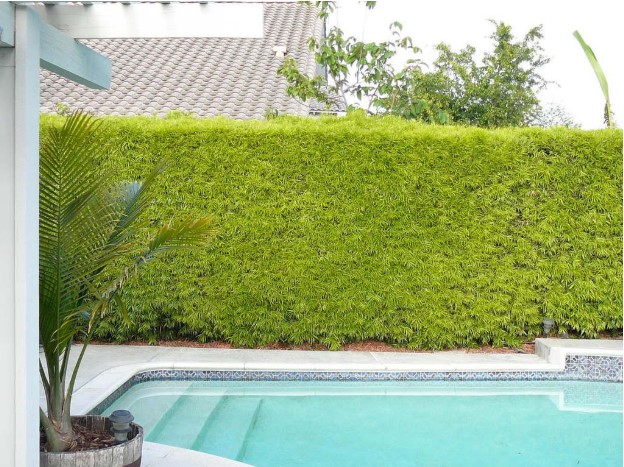Evergreen hedges are a popular choice for homeowners and landscapers seeking privacy, aesthetic appeal, and year-round greenery. Among the various options, Podocarpus hedges stand out for their versatility, elegant appearance, and low-maintenance care. Understanding what makes Podocarpus unique compared to other evergreen hedges can help you make an informed decision for your garden or landscape project.
What Is a Podocarpus Hedge?
Characteristics of Podocarpus
Podocarpus is a slow-growing evergreen shrub or tree known for its dense foliage, slender leaves, and graceful vertical growth. It is often referred to as the Japanese yew or Buddhist pine and is popular in landscaping due to its adaptability and elegant appearance.
Growth and Size
Podocarpus hedges can grow tall and narrow, making them ideal for privacy screens or formal garden borders. Their moderate growth rate allows for easier shaping and maintenance compared to faster-growing alternatives.
Advantages of Podocarpus Hedges
Low Maintenance
Podocarpus requires minimal pruning to maintain its shape and density. It is resistant to most pests and diseases, reducing the need for frequent treatments.
Adaptability
Podocarpus thrives in a variety of soil types and can tolerate full sun to partial shade, making it suitable for diverse climates and garden conditions.
Elegant Appearance
The slender, dark green leaves and upright growth pattern create a clean, sophisticated look, enhancing the beauty of any landscape.
Privacy and Noise Reduction
Due to its dense foliage, a Podocarpus hedge provides excellent privacy and can help reduce noise from neighboring areas, creating a serene garden environment.
Comparing Podocarpus with Other Evergreen Hedges
Boxwood (Buxus)
- Growth: Slow-growing and compact, ideal for formal garden designs.
- Maintenance: Requires regular trimming to maintain shape.
- Appearance: Small, rounded leaves, suited for structured hedges.
- Comparison: Podocarpus grows taller and requires less intensive trimming, making it more suitable for privacy screens.
Privet (Ligustrum)
- Growth: Fast-growing, dense foliage.
- Maintenance: Needs frequent pruning to control rapid growth.
- Appearance: Glossy leaves, versatile in formal and informal landscapes.
- Comparison: Podocarpus is slower-growing and lower maintenance, though it offers a more refined, upright look.
Leyland Cypress
- Growth: Extremely fast-growing, can reach significant heights quickly.
- Maintenance: Requires trimming to prevent overgrowth and maintain shape.
- Appearance: Thick, bushy foliage, excellent for large screens.
- Comparison: Podocarpus grows more slowly, providing controlled growth without overwhelming a space.
Holly (Ilex)
- Growth: Moderate growth, can have spiny leaves.
- Maintenance: Needs occasional pruning and care for berries if desired.
- Appearance: Glossy leaves, sometimes with red berries, adding seasonal color.
- Comparison: Podocarpus offers a softer leaf structure and uniform greenery without spines.
Best Practices for Planting Podocarpus Hedges
Spacing
Plant Podocarpus hedges approximately 3 to 5 feet apart to allow room for growth while ensuring a dense hedge over time.
Soil and Sunlight
Plant in well-draining soil with moderate fertilization. Podocarpus tolerates both full sun and partial shade, making it adaptable to different garden settings.
Watering
Young hedges require regular watering until established. Mature plants are drought-tolerant but will thrive with occasional deep watering.
Pruning
Minimal pruning is needed, primarily to maintain shape and remove any damaged branches. Regular light pruning encourages bushier growth and a neat appearance.
Conclusion
Podocarpus hedges offer a unique combination of elegance, adaptability, and low-maintenance growth that sets them apart from other evergreen hedges. Whether you want a tall privacy tree screen, a formal garden border, or an aesthetically pleasing landscape feature, Podocarpus provides versatility and beauty throughout the year. Compared to boxwood, privet, Leyland cypress, and holly, Podocarpus requires less intensive care while delivering a refined, upright appearance that enhances any outdoor space. Their dense foliage and year-round greenery make them an ideal choice for homeowners seeking privacy trees that combine function with style, creating serene and secluded outdoor environments with minimal effort.

